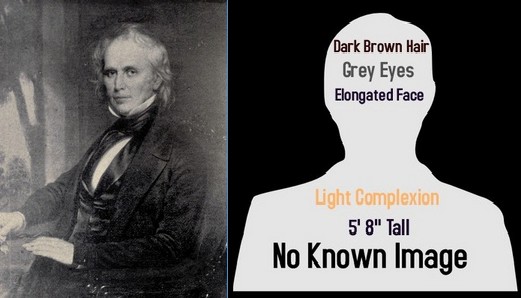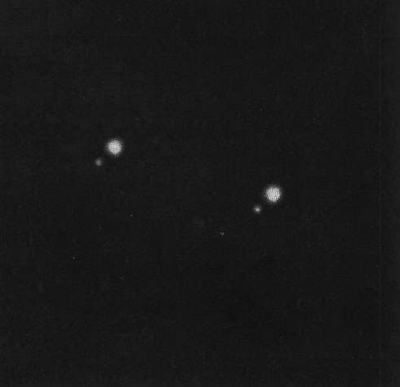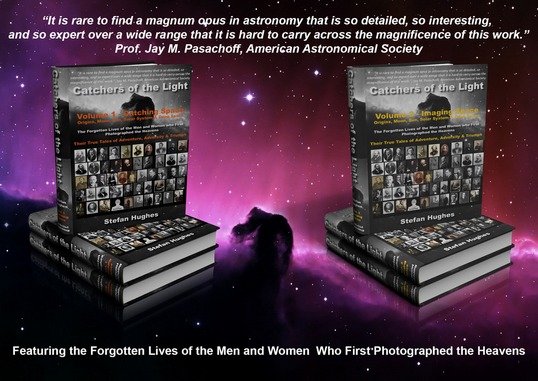'The Bonds of Harvard'

William Cranch Bond
Born: 9th September 1789; Cumberland, Portland, Maine, USA
Died: 29th January 1859; Cambridge, Middlesex, Massachusetts, USA
George Phillips Bond
Born: 20th May, 1825; Dorchester, Suffolk, Massachusetts, USA
Died: 17th February, 1865; Cambridge, Massachusetts, USA
William Cranch Bond and his son George Phillips Bond were the first two Directors of the Harvard College Observatory, who with the help of John Adams Whipple and his partner James Wallace Black, took the first photographs of stars; work which marked the beginnings of Deep Space Astrophotography; and which helped pave the way for others like Henry Draper to follow. It was at Harvard under the Bonds’ direction that the first systematic experiments were carried out into the then new field of celestial photography.
William Cranch Bond (1789-1859) and his son George Phillips Bond (1825-1865) were the first two Directors of the Harvard College Observatory in Cambridge, Massachusetts, USA. It was at this venerable institution that the very first extended investigations into astronomical photography were carried out by the Bonds in the years 1847 to 1857. During this period with the assistance of the Boston Photographers, John Adams Whipple and James Wallace Black, the Bonds obtained a series of remarkable images of the Moon, the Sun and some of the brighter stars.
Whipple’s Daguerreotypes of the Moon were in every respect superior to John William Draper’s first lunar image of ten years previous. For the very first time the features of the Moon – its craters, seas, mountains and valleys could be seen in great detail, other than through the eyepiece of a telescope. Not only that, they were a permanent record of something which could be marveled at by the public at large – the likes of which very few had seen. In 1851 Whipple’s images of the Moon were taken by G.P. Bond to Europe and displayed at the ‘Great Exhibition’ held that year in the Crystal Palace, Hyde Park, London for all to see.
However, it was their work in early stellar photography which captured the imagination of the scientific world, as reported by G. P Bond to the ‘Annual of Scientific Discovery’ for 1851:
“Mr. Bond of the Cambridge Observatory has recently succeeded in obtaining a Daguerreotype picture of the star alpha Lyra in the space of about 30 seconds, the image being transmitted through the great refractor, used without the eye-glass. …Yet such are the facts, and it follows that the ray of light which made the first impression on our Daguerreotype plates took its departure from the star more than twenty years ago, long before Daguerre had conceived his invention’...”
Although, J. W. Draper took the first known photograph of an astronomical object when he imaged the Moon in 1840, it is the Bonds who can be considered to be the father and son of Astrophotography. It was they who realized the importance that photography held as a vital tool for astronomical research, and did everything in their power to advance its development. Let us now tell the story of the Bonds of Harvard in their own words and in those of their family and friends.
To read more on his life and work read the eBook chapter on William Cranch Bond & George Phillips Bond or buy the Book 'Catchers of the Light'.

Mizar-Alcor System, Ursa Major, George Phillips Bond, John Adams Whipple, James Wallace Black, 1857

Buy the eBook or Printed Book at the 'Catchers of the Light' shop.